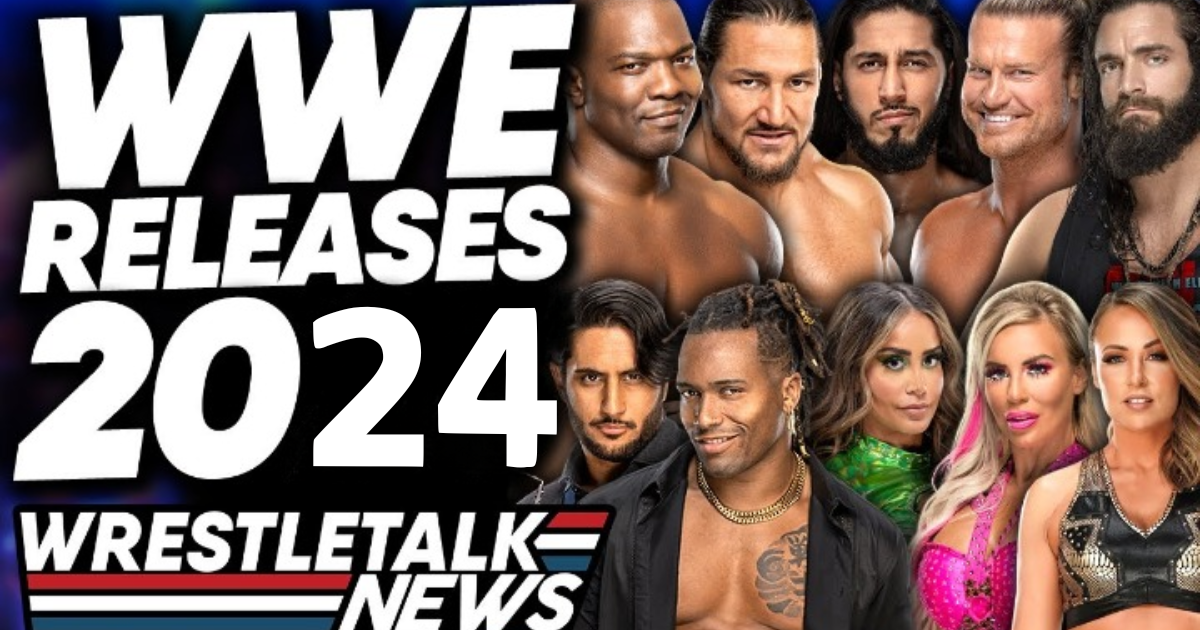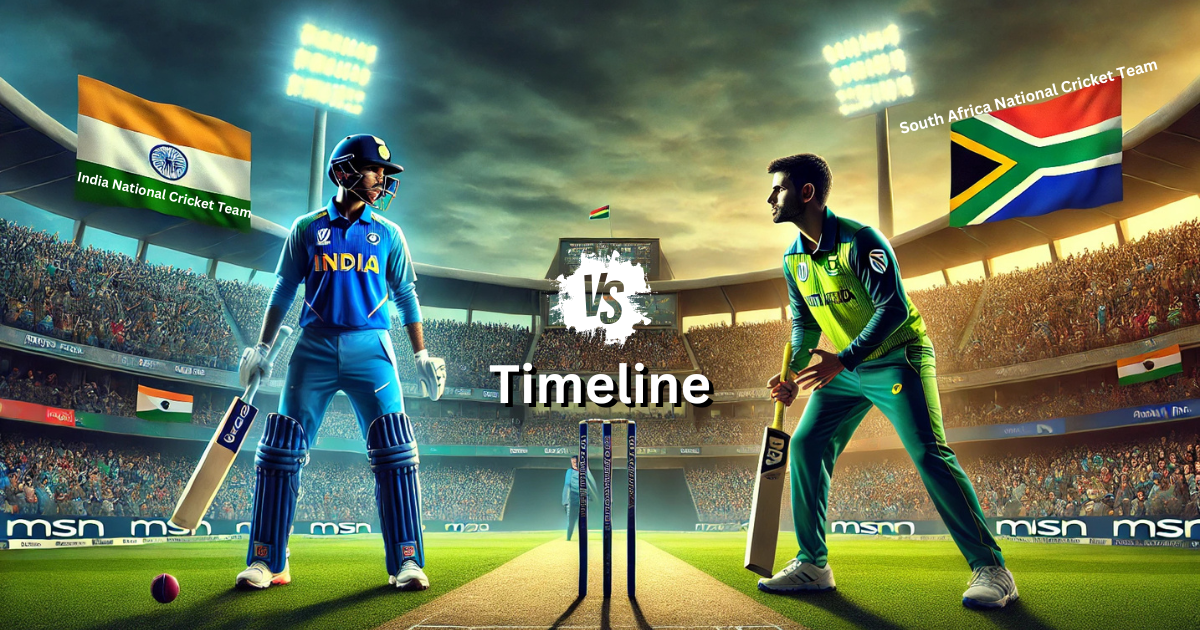The professional wrestling world often experiences shake-ups, and WWE releases are among the most talked-about topics in the industry. From fan favorites to emerging talents, these releases can send shockwaves through the wrestling community, leaving fans, industry insiders, and wrestlers themselves contemplating the ripple effects. In this article, we take a deep dive into WWE releases, their implications, and what the future holds for released talent and the industry at large.
Understanding WWE Releases
What Are WWE Releases?
WWE releases refer to the termination of contracts between WWE (World Wrestling Entertainment) and its talent, including wrestlers, backstage personnel, and sometimes even executives. These decisions can stem from various factors, such as budget cuts, creative differences, or talent underperformance.
Why Do WWE Releases Happen?
- Budgetary Adjustments:
WWE often reevaluates its financial structure, leading to releases as part of cost-cutting measures. - Creative Direction:
Wrestlers who do not fit into WWE’s current storylines or vision may find themselves released. - Performance and Fan Engagement:
Talent with declining popularity or performance issues may be let go to make room for new stars. - Contractual Disputes:
Disagreements over contract renewals or terms sometimes lead to releases.
The Most Shocking WWE Releases of All Time
Throughout WWE’s history, some releases have left fans in disbelief. Below are a few notable examples:
- CM Punk (2014):
After a fallout with WWE management, CM Punk’s release marked the end of an era and created waves in the industry. - Bray Wyatt (2021):
A creative genius with an enigmatic persona, Wyatt’s release shocked the wrestling community. - Jeff Hardy (2021):
Hardy’s sudden departure was a major talking point, with fans debating the circumstances surrounding his release. - Kurt Angle (2006):
An Olympic gold medalist and wrestling legend, Angle’s release during his prime remains controversial.
Impact of WWE Releases on Wrestlers
1. The Road to Independence
Many released wrestlers find new opportunities on the independent wrestling scene, where they can reinvent their personas and connect with fans on a grassroots level.
2. Success in Other Promotions
Promotions such as AEW (All Elite Wrestling), Impact Wrestling, and New Japan Pro-Wrestling often sign former WWE talent, giving them a platform to showcase their skills.
3. Branding and Social Media Growth
Released wrestlers frequently leverage platforms like Instagram, YouTube, and Twitch to build their brands and engage directly with fans.
4. Mental Health Challenges
The sudden loss of a stable income and platform can affect wrestlers emotionally, making mental health support a critical aspect of their transition.
How WWE Releases Affect the Industry
1. Increased Competition Among Promotions
Releases often fuel competition between WWE and rival promotions as other companies rush to sign newly available talent.
2. A Resurgence in Creative Storytelling
Released wrestlers often use their newfound freedom to experiment with creative characters and storytelling, enriching the industry as a whole.
3. Fan Engagement
Fans frequently rally behind released wrestlers, advocating for their success in other arenas and boosting viewership for independent promotions.
WWE’s Perspective on Releases
1. Strategic Restructuring
WWE views releases as necessary steps for maintaining agility in a competitive entertainment landscape.
2. Talent Development Pipeline
Releases make room for emerging talent from NXT, WWE’s developmental brand, ensuring a constant influx of fresh faces.
3. Global Expansion Goals
By streamlining operations, WWE can allocate resources toward global expansion initiatives, such as new broadcasting deals and international events.
How Fans React to WWE Releases
- Social Media Movements:
Fans often take to platforms like Twitter to voice their opinions, using hashtags to show support for released talent. - Petitions for Reinstatement:
In some cases, fans create online petitions, urging WWE to rehire certain wrestlers. - Support for Wrestlers in New Ventures:
Fans often follow released talent to other promotions, demonstrating loyalty to their favorite stars.
What’s Next for Released Talent?
1. Transition to Hollywood
Several former WWE superstars, such as The Rock and John Cena, have found immense success in the entertainment industry post-release.
2. Establishing Their Own Brands
Wrestlers like Matt Cardona (formerly Zack Ryder) have shown that independence can lead to thriving personal brands and merchandise sales.
3. Return to WWE
Not all releases are permanent. Wrestlers such as Drew McIntyre and Daniel Bryan have successfully returned to WWE after thriving in other promotions.
The Future of WWE Releases
As WWE continues to evolve, the frequency and nature of releases may change. With growing competition from AEW and other promotions, WWE might need to reconsider its approach to talent management. Moreover, advancements in digital platforms and streaming could provide wrestlers with unprecedented opportunities to maintain relevance even after being released.
Conclusion
WWE releases are an inevitable part of the wrestling industry, influencing both the careers of individual wrestlers and the broader entertainment landscape. While challenging, these releases often open doors for innovation, resilience, and growth, proving that talent can shine even outside WWE’s global spotlight.


